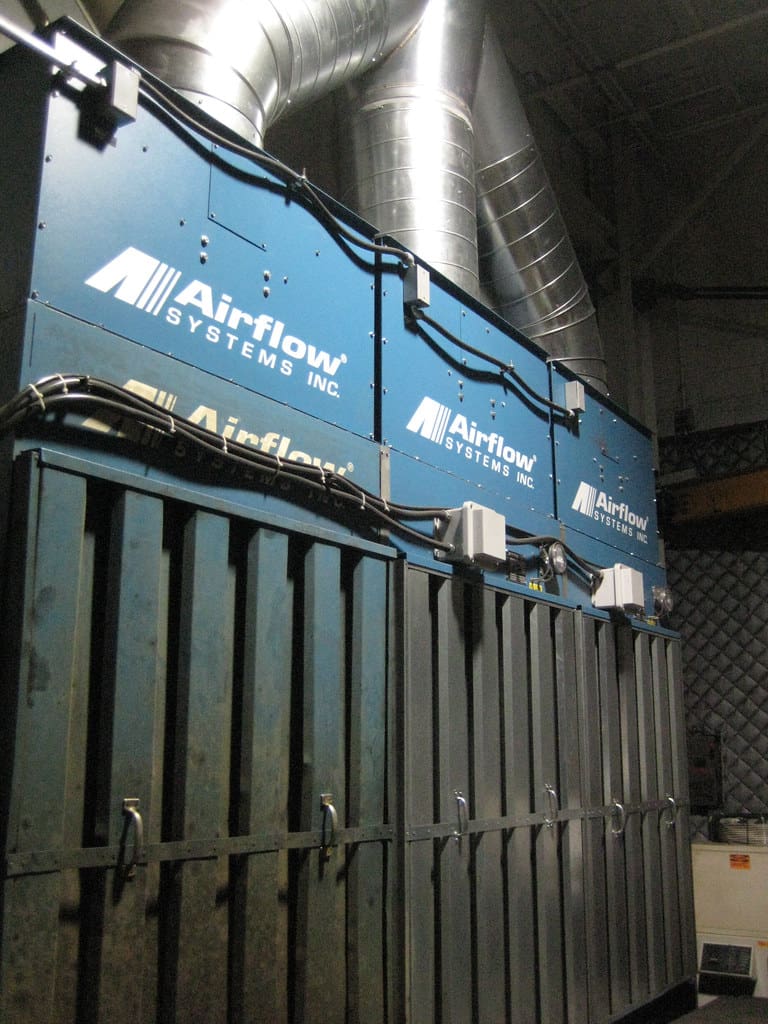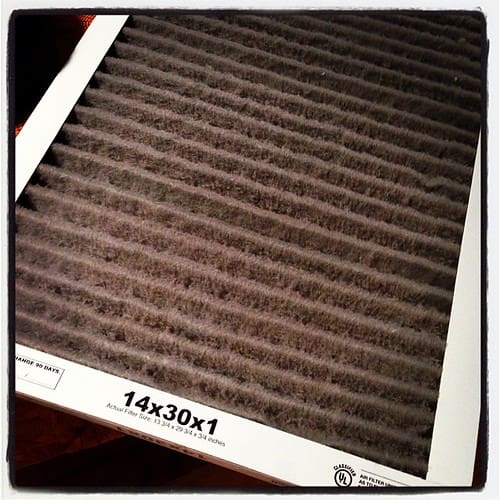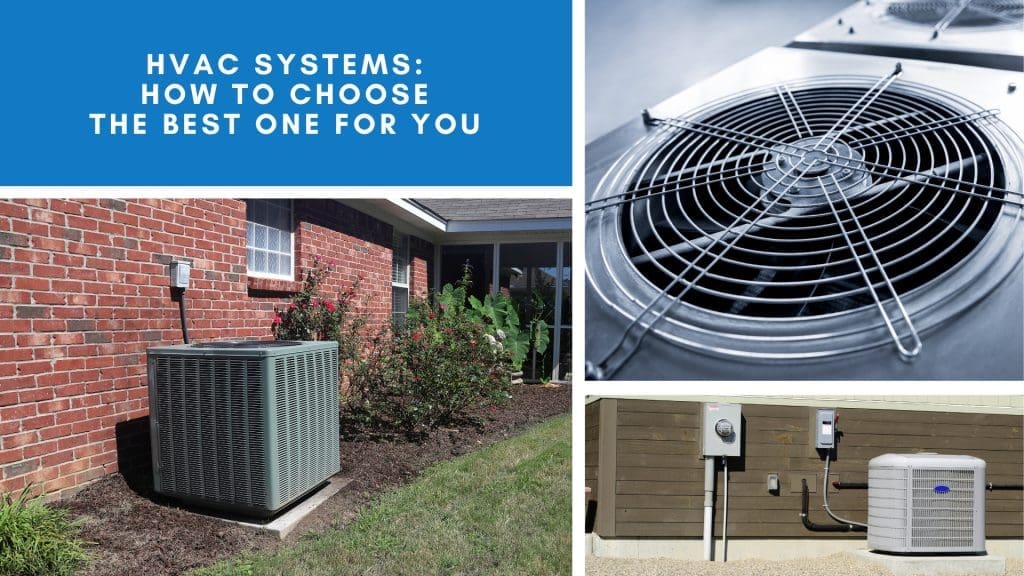Guide to Finding the Heater Filter Location
Your heater is a vital part of your home, especially during those chilly winter months. But do you know how to find your heater filter?
The heater filter is a key component in maintaining the quality of your indoor air. It also protects your heating system from dust and debris. Knowing its location is crucial for regular maintenance and optimal performance.

However, finding the heater filter location can be a bit tricky, especially for those who are not familiar with HVAC systems. It can be even more challenging if you have an older furnace model or a unique setup.
In this guide, we’ll help you navigate the ins and outs of finding your heater filter location. We’ll provide step-by-step instructions, tips, and insights to make the process easier.
Whether you’re a small business owner, a busy stay-at-home mom, or someone working from home, this guide is designed to empower you with the knowledge you need. Let’s dive in and demystify your heating system together.
Understanding the Importance of Your Heater Filter
Your heater filter does more than you might think. It serves as the first line of defense in keeping your home’s air clean. By trapping dust, pollen, and other particles, it greatly improves indoor air quality.
A clean heater filter also protects your heating system. Without it, dust and debris can enter the system, causing parts to wear out faster. This can lead to costly repairs down the road, not to mention a shortened lifespan for your heater.
Efficiency is another key aspect tied to your heater filter. A clogged filter makes your system work harder, which means more energy use and higher bills. Keeping it clean and properly placed can help you save money.
Regularly checking and replacing your filter is essential. It ensures your home stays comfortable while your heating system runs smoothly. Understanding this importance empowers you to make informed decisions about your HVAC maintenance.
Signs It’s Time to Check Your Heater Filter
Knowing when to check your heater filter can prevent bigger issues down the line. A common sign is increased dust in your home. If you’re noticing more dust on surfaces, it might be time to inspect the filter.
Another indication is an unusual spike in energy bills. When the filter is clogged, the system uses more energy, raising costs. Thus, keeping an eye on your bills can alert you to filter problems.

Listen to your heater as well. Strange noises or uneven heating are red flags. These signs suggest it may be time to check and possibly replace the filter. To help you stay on top of this, here’s a quick checklist:
- Increased dust around your home
- Higher than usual energy bills
- Strange sounds from the heating system
- Uneven heating in different rooms
Paying attention to these signs can help maintain your system’s efficiency and save money.
Step-by-Step Guide to Locating Your Heater Filter
Finding your heater filter doesn’t have to be a daunting task. Start by switching off your heating system. This ensures safety while you’re exploring your furnace.
Next, look for the access panel, usually held by clips or screws. This is often where the filter hides. Remove it carefully to avoid any damages.
Look inside near the air return duct. Many filters sit snugly within the ductwork, close to where air enters your system. It’s a strategic spot for capturing pollutants.
If you have an older system, the filter might be harder to find. Sometimes, it’s located at the entrance of the blower compartment. Don’t hesitate to consult your manual for clarity.
Newer units may have the filter positioned differently for easy access. Manufacturers have become more considerate of convenience, often labeling filter locations clearly.
With practice, finding the heater filter becomes straightforward. You’ll gain confidence with each inspection, ensuring your system remains efficient and clean.
Identifying Your Furnace Type
Before locating the filter, identify your furnace type. This knowledge makes it easier to find and access the filter. There are several furnace types, each with different designs.
You might have a gas furnace, electric heater, or oil furnace. Each type typically places the filter in a unique spot. Knowing your model helps you focus your search.
Common Locations for Furnace Filters
Furnace filters are often in consistent spots across most units. Here are some common locations to explore:
- In front of the blower compartment.
- Within the return air duct.
- Near the bottom of the furnace cabinet.
- Behind a removable access panel.
Many furnaces place the filter in the return air duct to capture dirt before air enters the main system. This position protects the internal components and maintains air quality.
Some units put the filter right inside the furnace cabinet. Here, it’s near the blower compartment, which directs air through your home. This is also a common spot.
In some systems, especially vertical models, the filter may reside behind an access panel. These panels usually snap open or are secured with screws.
Vertical vs. Horizontal Furnace Filter Locations
Furnaces come in vertical and horizontal models, impacting filter location. Vertical units often place the filter near the bottom, requiring a simple panel removal. These models can be easier to navigate for filter changes.
Horizontal systems may have the filter placed within a side compartment. This setup makes accessing the filter less intuitive. The orientation of the unit often dictates the filter’s location, so knowing your setup helps.
How to Check and Replace Your Furnace Filter
Checking and replacing your furnace filter is a straightforward process once you get the hang of it. Regular maintenance of your HVAC system keeps it running smoothly. It also prolongs its lifespan.
Start by determining how often your filter needs attention. Most filters require replacement every three months, but check your specific model’s guidelines. High usage or special needs like allergies may shorten this timeframe.
When it’s time for a check, a visual inspection is often a good start. If the filter looks clogged or dirty, it’s time for a change. A clean filter improves air quality and system performance significantly.
Replacement is simple. Once you’ve accessed the filter, note its size and type. Replace it with an identical model to ensure proper function. This guarantees your HVAC system remains effective and efficient.
Safety Precautions Before You Start
Before diving into filter maintenance, take necessary safety precautions. Always turn off your heating system first. This helps prevent any accidental injuries or damages during your work.
Ensure your hands are clean and dry before handling the filter. Dust and moisture can compromise your system if introduced. Proper attire and gloves can offer extra protection, ensuring a clean and safe process.
Checking the Filter
Checking the filter begins with removing it from its slot. Hold it up to a light source. If light doesn’t pass through easily, the filter is likely dirty and should be changed.
Inspect the filter for any visible debris or dust buildup. A clean filter will usually appear white or lightly colored, while a dirty one may show darker, grimy patches. Regular inspection prevents clogs and maintains airflow.
Replacing the Filter
Once a dirty filter is identified, replacement is needed. Note the direction of airflow marked on the filter frame. This ensures the new filter is installed correctly, enabling optimal performance.
Insert the new filter into the designated slot, following the airflow arrows. Secure it snugly in place but avoid forcing it. A proper fit ensures effective filtration and helps your HVAC system run efficiently.
When You Can’t Find Your Furnace Filter
It can be frustrating when you can’t locate your furnace filter. Many homeowners encounter this common issue. Fear not; help is here.
Start by consulting your furnace’s manual. It often provides diagrams and instructions on locating the filter. Older systems might have filters in less intuitive places.
If the manual is unavailable, search online for your furnace model. Resources and forums can provide insights from other users. Persistence and a bit of patience usually reveal the location.
Troubleshooting Tips
Begin by checking near the air handler or return duct. These areas often house filters. Look for filter slots or access panels, which are often a tell-tale sign.
If you still can’t find it, inspect nearby rooms or closets. Sometimes, filters are situated slightly away from the main furnace unit. Covering all bases might just reveal its elusive spot.
When to Call a Professional
If your search turns up empty, it’s wise to call a professional. A certified HVAC technician quickly identifies filter locations. This can save you time and frustration.
Moreover, professionals ensure that your system is functioning correctly. They can also provide maintenance tips tailored to your system’s unique needs. This expert guidance can be invaluable in maintaining your HVAC system’s longevity and efficiency.
Maintaining Your HVAC System for Optimal Performance
Regular maintenance of your HVAC system is crucial for efficiency and longevity. It helps prevent unexpected breakdowns and costly repairs. Ensuring your system is in tip-top shape also improves air quality and home comfort.
Start by checking your furnace filter. This seemingly small task can make a significant difference. A clean filter allows better airflow, reduces energy usage, and enhances indoor air quality.
Consider creating a simple maintenance checklist. This can include checking the thermostat settings, inspecting connections, and cleaning vents. These small tasks can offer big savings in the long run.
Remember, regular maintenance can extend the life of your HVAC system. Implementing these practices leads to reliable system performance and comfort.
Creating a Maintenance Schedule
Establishing a maintenance schedule is essential for hassle-free HVAC care. Set reminders for key tasks such as filter replacement. Regular checks might prevent inconvenient malfunctions.
Aim for seasonal inspections to align with weather changes. For instance, check the system before the summer and winter peaks. This proactive approach helps you avoid uncomfortable situations and keep your home cozy year-round.
The Role of Professional HVAC Services
While DIY maintenance is beneficial, professional services are invaluable. Technicians offer expert insights and thorough system evaluations. They detect and address potential issues before they escalate.
Having a trusted HVAC professional adds a layer of security and peace of mind. They ensure your system operates at peak efficiency, saving you energy costs. Their expertise allows you to focus on enjoying a comfortable home environment.
Conclusion: Ensuring Comfort and Efficiency at Home
Understanding your heater filter location is crucial for maintaining a comfortable living environment. It aids in optimizing your HVAC system, ensuring clean air and efficient operation. Regular maintenance not only extends the life of your furnace but also contributes to lower energy bills.
Staying proactive with these tasks can save time and prevent headaches. With knowledge and routine care, your HVAC system will serve you reliably. Embrace the peace of mind that comes with knowing your home is in good hands.
Quick Recap of Key Points
Knowing where to find your furnace filter is vital for system efficiency. Regular checks and timely replacements enhance air quality and reduce costs.
How LC Heating and Air Conditioning Can Help
LC Heating and Air Conditioning offers professional HVAC services tailored to your needs. We’re here to ensure your system runs smoothly, providing comfort and efficiency year-round.


